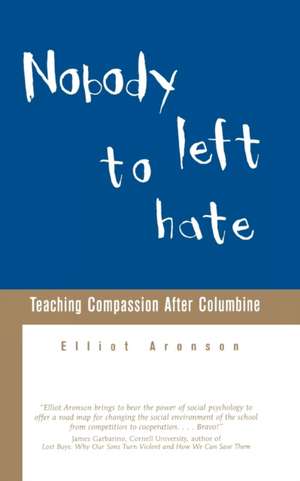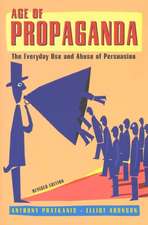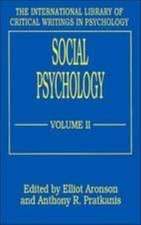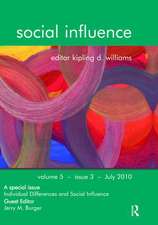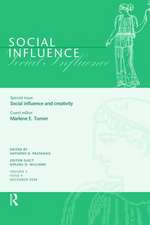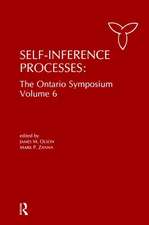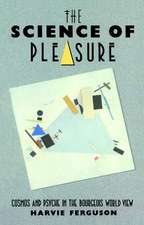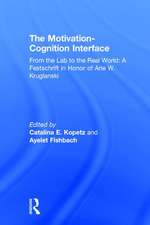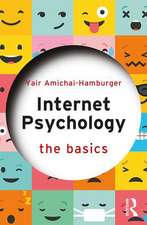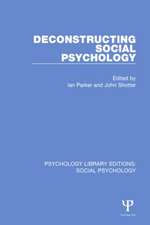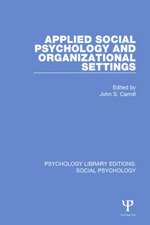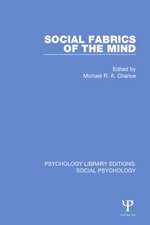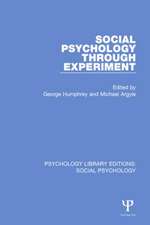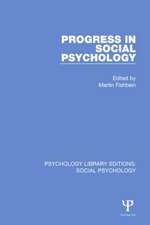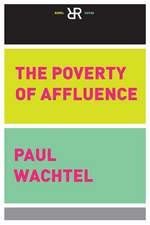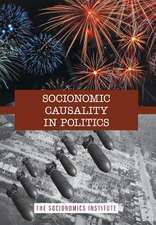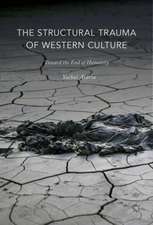Nobody Left to Hate
Autor Elliot Aronson, Aronsonen Limba Engleză Paperback – 30 iun 2001
In Elliot Aronson's Nobody Left to Hate, on of our nation's leading social psychologists argues that the negative atmosphere in our schools--the exclusion, taunting, humiliation, and bullying--played a major role in triggering the pathological behavior of the shooters. At the very least, such an atmosphere makes schools an unpleasant experience for most normal students.
But it doesn't have to be. Nobody Left to Hate offers concise, practical, and easy-to-apply strategies for creating a more supportive, stimulating, and compassionate environment in our schools. Based on decades of scientific research and classroom testing, these strategies explain how students can be taught to control their own impulses, how to respect others, and how to resolve conflicts amicably. In addition, they show teachers how to structure classes to promote cooperation, rather than competition, without sacrificing academics. On the contrary, education is greatly enhanced.
For parents, teachers, or anyone concerned with what is happening in our schools, Nobody Left to Hate provides a simple and effective plan of action that will make their children's school not only a safe place, but a more humane place of learning.
On April 20, 1999, the halls of Columbine High School in Littleton, Colorado, reverberated with the sound of gunshots as two students, highly armed and consumed with rage, killed thirteen students and seriously injured twenty-three before turning the guns on themselves. It was the worst school massacre in out nation's history. Can we prevent a tragedy like this from happening again?
In Elliot Aronson's Nobody Left to Hate, on of our nation's leading social psychologists argues that the negative atmosphere in our schools--the exclusion, taunting, humiliation, and bullying--played a major role in triggering the pathological behavior of the shooters. At the very least, such an atmosphere makes schools an unpleasant experience for most normal students.
But it doesn't have to be. Nobody Left to Hate offers concise, practical, and easy-to-apply strategies for creating a more supportive, stimulating, and compassionate environment in our schools. Based on decades of scientific research and classroom testing, these strategies explain how students can be taught to control their own impulses, how to respect others, and how to resolve conflicts amicably. In addition, they show teachers how to structure classes to promote cooperation, rather than competition, without sacrificing academics. On the contrary, education is greatly enhanced.
For parents, teachers, or anyone concerned with what is happening in our schools, Nobody Left to Hate provides a simple and effective plan of action that will make their children's school not only a safe place, but a more humane place of learning.
In Elliot Aronson's Nobody Left to Hate, on of our nation's leading social psychologists argues that the negative atmosphere in our schools--the exclusion, taunting, humiliation, and bullying--played a major role in triggering the pathological behavior of the shooters. At the very least, such an atmosphere makes schools an unpleasant experience for most normal students.
But it doesn't have to be. Nobody Left to Hate offers concise, practical, and easy-to-apply strategies for creating a more supportive, stimulating, and compassionate environment in our schools. Based on decades of scientific research and classroom testing, these strategies explain how students can be taught to control their own impulses, how to respect others, and how to resolve conflicts amicably. In addition, they show teachers how to structure classes to promote cooperation, rather than competition, without sacrificing academics. On the contrary, education is greatly enhanced.
For parents, teachers, or anyone concerned with what is happening in our schools, Nobody Left to Hate provides a simple and effective plan of action that will make their children's school not only a safe place, but a more humane place of learning.
Preț: 104.10 lei
Nou
Puncte Express: 156
Preț estimativ în valută:
19.92€ • 20.80$ • 16.49£
19.92€ • 20.80$ • 16.49£
Carte tipărită la comandă
Livrare economică 04-18 aprilie
Preluare comenzi: 021 569.72.76
Specificații
ISBN-13: 9780805070996
ISBN-10: 0805070990
Pagini: 208
Dimensiuni: 127 x 203 x 15 mm
Greutate: 0.2 kg
Ediția:Owl Books.
Editura: St. Martins Press-3pl
Locul publicării:United Kingdom
ISBN-10: 0805070990
Pagini: 208
Dimensiuni: 127 x 203 x 15 mm
Greutate: 0.2 kg
Ediția:Owl Books.
Editura: St. Martins Press-3pl
Locul publicării:United Kingdom
Notă biografică
Elliot Aronson's, professor at University of California, Santa Cruz, standing as one of the world's most distinguished and versatile social psychologists is reflected in the wide variety of national and international awards he has received for his teaching, for his scientific research, for his writing, and for his contributions to society. Among these awards: in 1970, the American Association for the Advancement of Science awarded him its prize for distinguished basic research in social psychology. In 1975, the American Psychological Association presented him with the National Media Award for writing his book The Social Animal. In 1980, he received both a distinguished teaching award and a distinguished research award from the American Psychological Association. APA also awarded him the Gordon Allport prize for his contributions to the reduction of prejudice and the betterment of intergroup relation. In 1981, he was named Professor of the Year by the American Council for the Advancement and Support of Education. In 1994, he received the Distinguished Scientific Career Award from the Society of Experimental Social Psychologists. Inducted in 1992, Elliot Aronson is a fellow of the American Academy of Arts and Sciences. In 1999, he received the American Psychological Association's highest award for a lifetime of scientific contributions.
Descriere
In "Nobody Left to Hate", a social psychologist argues that a negative atmosphere in the school played a major role in the behavior of the shooters at Columbine. He offers strategies for creating a more supportive, stimulating, and compassionate environment.
